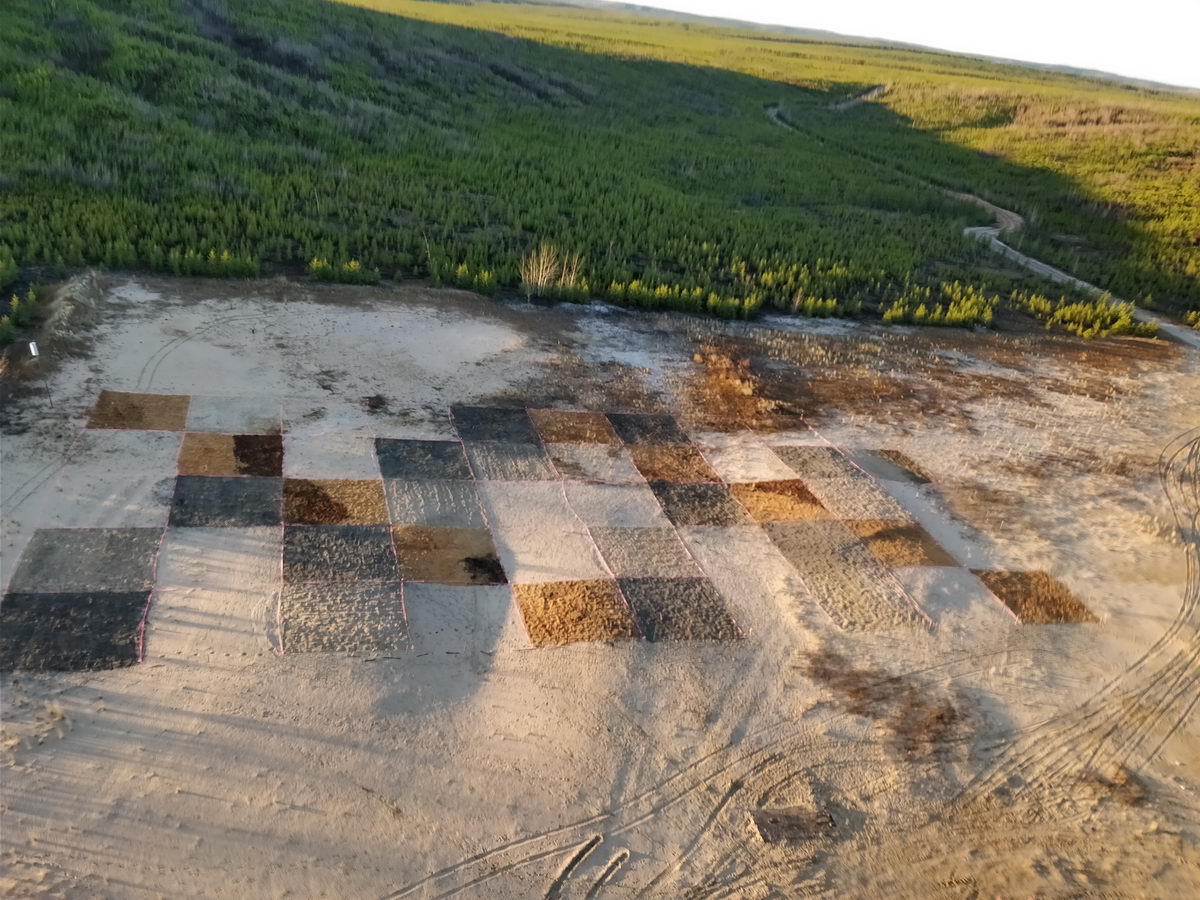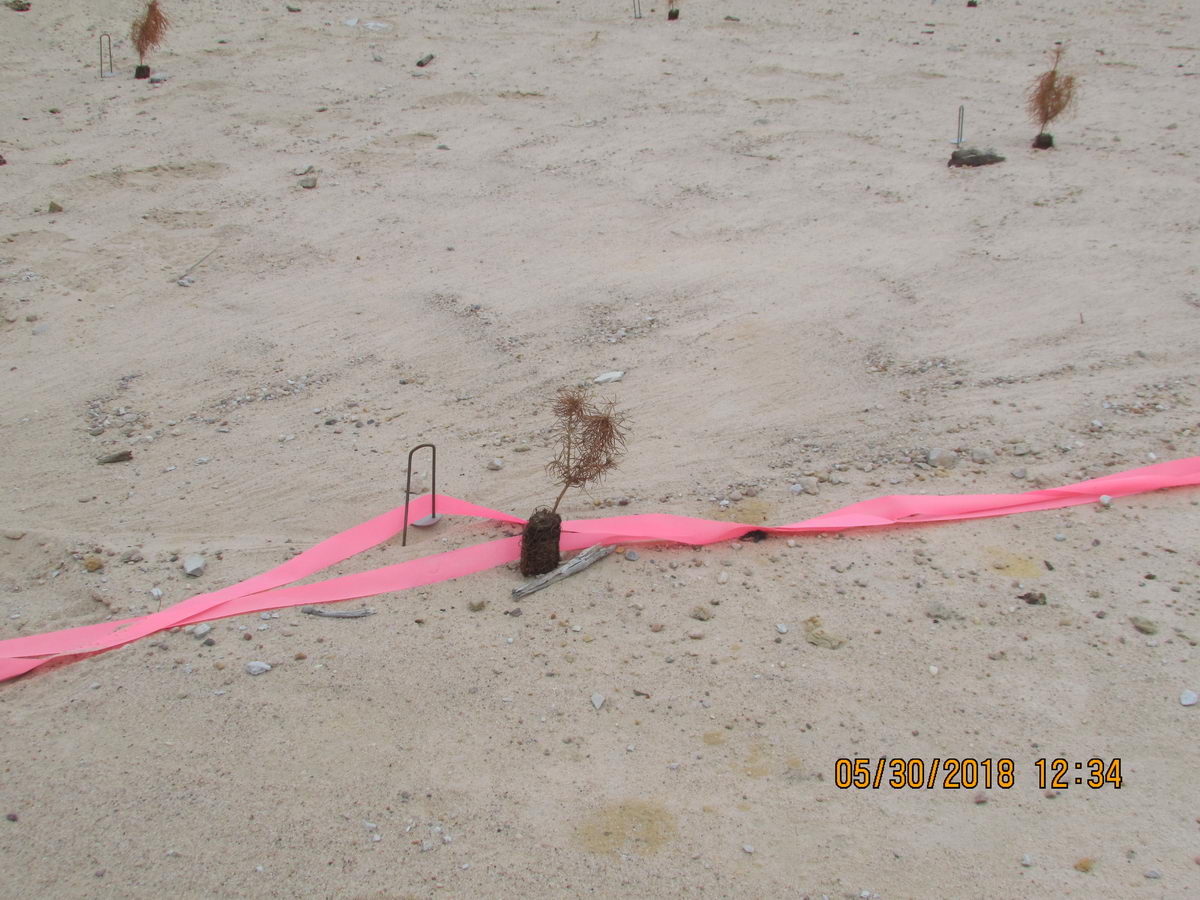It’s the How that Matters…
In the Reclaimit environmental consulting business we work with a variety of workers of different ages, cultural and ethnic backgrounds. Over the years of my career, I became a firm believer that good work processes enable worker buy-in, resulting in a clear understanding and commitment to adherence by all project participants. And to close that loop, to have useful process, we need verifiable measures of evaluation with functioning feedback and recognition strategies.
In 2018, I was provided with a gift from a seasonal worker, Kyle S, a participant in Reclaimit forestland reclamation project work for eight seasons. What Kyle wanted to do was video one of our projects and share a story about the work and me. Kyle was our crew leader for the project and I found his testimonial of the Reclaimit fieldwork philosophy to be a clear understanding of what I have been saying over the years, that how we do our work determines the value of the accomplishment.
The following video is not intended to be a professional presentation. It is a gift given to me that, after careful consideration, I would like to share with you. Perhaps, it will encourage or inspire you. Or, maybe it will make you laugh, and that’s OK too.
Thank you, Kyle (https://www.youtube.com/watch?v=OH0x442R86w&list=PLNO3fqrLBR2YHtW5GWIOOfmb3nQsri8lx&index=3&t=49s) for the story, to the Windfirm Resources team and all past crew members that have worked on Reclaimit’s forestland reclamation projects for the past 18 years, and for believing that how you do your work determines the value of the accomplishment Enjoy!
More themes remain for me to revisit, and many more new ideas await my discovery as I explore the exciting world of Reclaimit’sforest remediation and reclamation services, and travel across the provinces of Canada and around the world in project-related adventures. Have a question about my blog articles, reclamation services, or have a forestry-related question? Click here to drop me an email!
Did you like this article? You may also like Sandy Sites – How an Exploration of Soil Amendments Lead to Lessons About Wind Erosion




